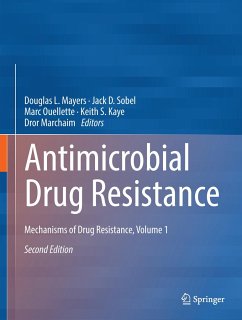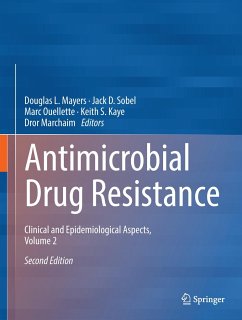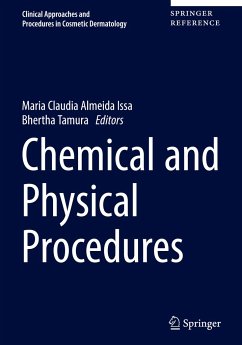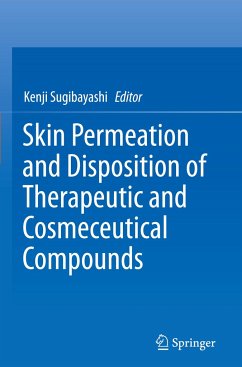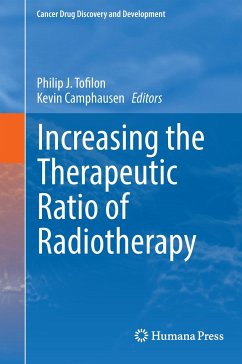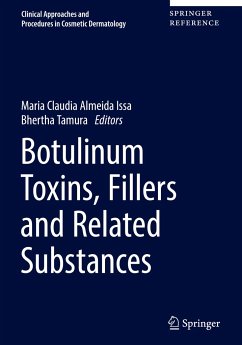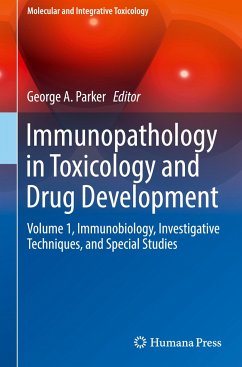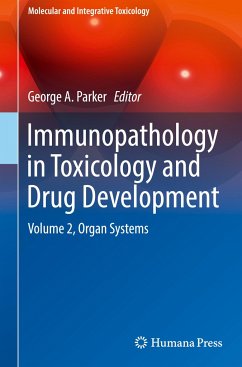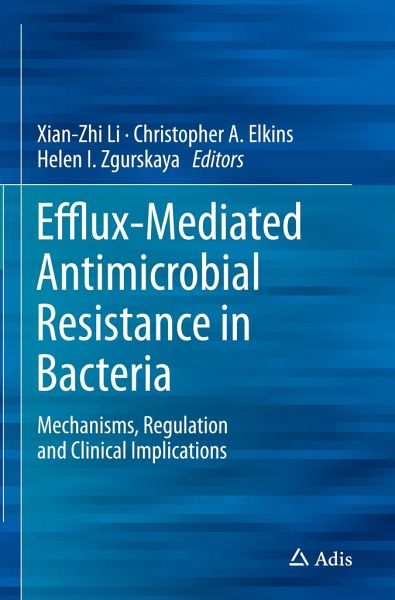
Efflux-Mediated Antimicrobial Resistance in Bacteria
Mechanisms, Regulation and Clinical Implications
Herausgegeben: Li, Xian-Zhi; Elkins, Christopher A.; Zgurskaya, Helen I.

PAYBACK Punkte
76 °P sammeln!
This book, written by leading international experts, provides a comprehensive, current examination of transport-mediated antimicrobial resistance. As a particularly powerful mechanism of multidrug resistance, an in-depth examination of efflux pumps is conducted with bacteria of major public health concern including Enterobacteriaceae, Acinetobacter, Neisseria, Pseudomonas, staphylococci, and mycobacteria. The content spans structural biochemistry and transport mechanisms of the major transporter families and considers individual drug efflux systems across various Gram-positive and Gram-negativ...
This book, written by leading international experts, provides a comprehensive, current examination of transport-mediated antimicrobial resistance. As a particularly powerful mechanism of multidrug resistance, an in-depth examination of efflux pumps is conducted with bacteria of major public health concern including Enterobacteriaceae, Acinetobacter, Neisseria, Pseudomonas, staphylococci, and mycobacteria. The content spans structural biochemistry and transport mechanisms of the major transporter families and considers individual drug efflux systems across various Gram-positive and Gram-negative species. Genomic analysis of efflux pump distribution and their contribution to clinically-relevant resistance are a major focus of the text. Moreover, interplay between drug efflux pumps and other key resistance mechanisms such as intrinsic drug impermeability, inactivation, and target alterations are discussed, as well as their molecular expression-based regulation andphysiological functions beyond resistance, involving biofilms, stress response, and pathogenicity. Finally, strategies are addressed to target this drug resistance mechanism with novel antimicrobials or drug inhibitor adjuvants.



